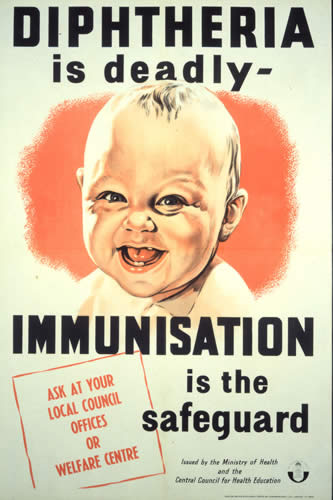The number of suspected cases of diphtheria reported from Cox’s Bazar, Bangladesh has risen to 3,954, including 31 deaths since early Nov. 2017, prompting a massive vaccination effort among Rohingya refugee camps, temporary settlements and surrounding areas.

WHO, UNICEF and health sector partners are working with the Bangladesh Ministry of Health and Family Welfare to vaccinate more than 475,000 children–“All efforts are being made to stop further spread of diphtheria. The vaccination of children in the Rohingya camps and nearby areas demonstrates the health sector’s commitment to protecting people, particularly children, against deadly diseases,” said Dr Bardan Jung Rana, ai WHO Representative to Bangladesh.
“Children are particularly vulnerable to diphtheria. Volunteers are making door-to-door visits in the Rohingya settlements to ensure all children receive vaccination. The massive influx within a very short time has heavily affected basic services in the settlement areas. They have no choice but to live in a very congested environment, which is impacting their health and quality of life. We are making continued efforts to improve conditions of the camps. At the same time, diphtheria vaccination is vital to reducing the risk of further outbreak,” said the UNICEF Country Representative Mr. Edouard Beigbeder.
WHO has released US$1.5 million from its Contingency Fund for Emergencies to scale up the response to diphtheria among the Rohingya population in Cox’s Bazar, Bangladesh, over the next six months.
Diphtheria is an infectious disease caused by a bacterium which primarily infects the throat and upper airways, and produces a toxin affecting other organs. The diphtheria toxin causes a membrane of dead tissue to build up over the throat and tonsils, making breathing and swallowing difficult. The disease is spread through direct physical contact or from breathing in the aerosolized secretions from coughs or sneezes of infected individuals.
Search, Compare & Book a Flight today with Airfarewatchdog and Save Big!
Vaccination against diphtheria has dramatically reduced deaths and disease, however diphtheria is still a significant child health problem in countries with poor EPI coverage. In countries endemic for diphtheria, the disease occurs mostly as sporadic cases or in small outbreaks. Diphtheria is fatal in 5 – 10% of cases, with a higher mortality rate in young children. Treatment involves administering diphtheria antitoxin to neutralize the effects of the toxin, as well as antibiotics to kill the bacteria.
Diphtheria: A short history, the disease, treatment and the success of the vaccines
Diphtheria vaccine is a bacterial toxoid, i.e. a toxin whose toxicity has been inactivated. The vaccine is normally given in combination with other vaccines as DTP vaccine or pentavalent vaccine. For adolescents and adults the diphtheria toxoid is frequently combined with tetanus toxoid in lower concentration (Td vaccine).
WHO recommends a 3-dose primary vaccination series with diphtheria toxoid, followed by a booster dose.
Related:
- Polio: The last wild poliovirus case reported in India seven years ago today
- Ukraine reports more than 3,000 measles cases through Nov 2017
- Top five germs that cause foodborne illnesses in the United States
- Vaccine news: Fluarix Quadrivalent four-strain flu vaccine receives FDA approval for expanded use in children as young as 6 months old
- Belmont Park: 3-year old horse confirmed positive for equine herpes
- CDC: Vaccine effectiveness against the H3 viruses will probably be in the 30 percent range
- South Korea: Citrobacter freundii linked to deaths of infants at Seoul hospital
- Rabies survivor: Milwaukee protocol saves Brazilian teen

